Our Blog

How to Prevent the Most Common Workout Injuries?
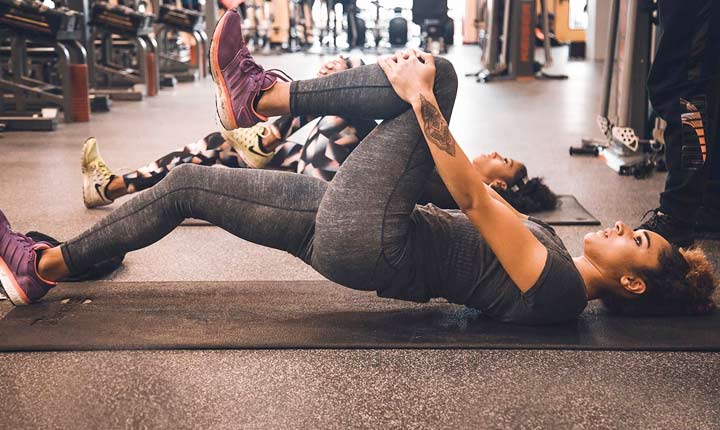
As much as workouts help in keeping your body in shape and improving your overall fitness, they can adversely affect your body through different types of injuries when you are not following the proper rules.
This is why it is important to have clarity about your own body limits and functionalities. Not everyone is built to undergo all types of workouts. To help you have a clear picture, we are bringing before you a list of the most common injuries that might lead to serious health issues if not treated effectively. In addition, we will also let you know how you can prevent them. So, follow through.
The 7 Most Common Workout Injuries and Their Preventions
Before we begin, there is one myth that we want to break that a lot of workout enthusiast have. People often believe that injuries can only happen to those who are new to the world of fitness and those who have been doing it for years are immune from injuries. Well, if you think that, you couldn’t be more wrong since injuries don’t discriminate between newbies and veterans. Therefore, one shouldn’t get complacent and take these things lightly.
Alright, with that being said, it is time to get into the injuries and their preventive measures.
Injured Ankle
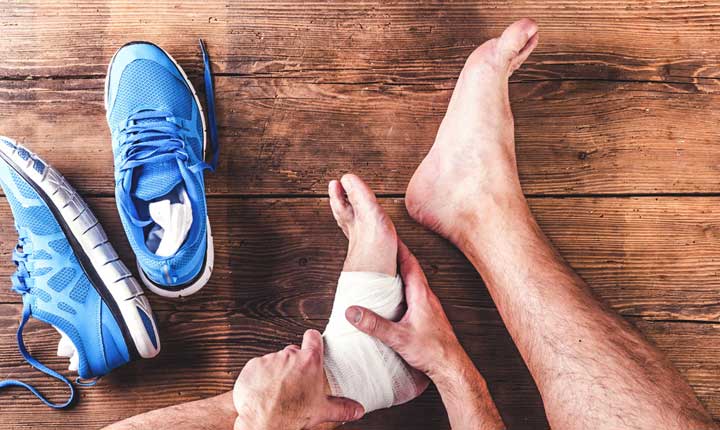
You can injure your ankle from anything, whether it’s a simple jog routine or a single-leg exercise. Your ankle is nothing but a mobile joint. It gets injured when you turn your feet inward and/or roll your joint too far. It leads to a situation where your ligaments (on the outside of your ankle) get torn apart.
It can happen when you are doing something as simple as running on a treadmill. It is possible that while running on a treadmill, you lose your focus and accidentally put one leg on the belt while the other one on the side while still being in motion. You might also injure your ankle by running over uneven terrain or stepping on and off curbs.
Preventive Measures
Start working on increasing the strength of the muscles of your lower leg and perform ankle flexibility exercises along with it. When you are running on a treadmill, pay close attention while getting on and off the belt. Try and attach the safety clip that shuts down the treadmill if you fall off. Also, if you prefer running outdoors, pick an even, flat surface. When you are running over uneven terrain, keep an eye on your leg placement.
Since this is an issue of your joints, you can’t take it lightly at all. If your pain doesn’t go away within a couple of hours, we highly recommend you visit a nearby orthopaedic clinic.
Lower Back Injury

A lower back pain injury occurs when you strain the muscles around your spine. You will witness a sudden pull or twinge when you do so. It is likely a result of you pushing it too hard. Sometimes, it can even head to disk herniation or nerve compression.
To put it simply, it happens when you lift too much weight while performing deadlifts or squats. Besides, twisting motions and side-bends can also cause lower back injury.
Preventive Measures
To prevent lower back injuries, you need to maintain a neutral spine. Also, before you perform any exercise that involves added weights, make sure to correct your form. Don’t increase your weight load all of a sudden. Be steady about it.
Knee Pain

Have you ever heard of the syndrome “runner’s knee” (patellofemoral syndrome)? Yes, we are talking about that situation when you hear a crunching or creaking sound of your knees moving through a range of motion.
To start with, it doesn’t affect athletes only. If you don’t align your knee properly while lifting weights or keep on performing weighted repetitions, then you can put your knee at risk. This issue is accelerated through muscle imbalances.
Your knee extensors are sensitive and develop sprain if you suddenly pick up a heavy weight or don’t give it time to rest between weighted repetitions. Running downhill can also stress your patellar tendon, thereby straining your knee.
Sometimes, even weak adductors and hips can force the knee to track inward while performing lunges, squats, jumps, or even running.
Preventive Measures
Try to strengthen not only your hips but also your quadriceps. Stay focused while lifting weights and make sure that your knees are properly aligned. This will strengthen the nearby muscles and protect the extensors.
Rotator Cuff Strain

Rotator cuff strains are also referred to as shoulder injuries. A rotator cuff is a group of four muscles that help stabilize the support your shoulder joints.
These injuries result from too many repetitions of overhead movements. For instance, if you keep on performing military presses without taking a break, you can end up straining your rotator cuff. Apart from that, the activities that demand a lot of shoulder mobility from you such as swimming or throwing a ball can also injure your rotator cuff. The risk of this injury also increases with age as your tendons start degenerating.
Preventive Measures
Ask your personal trainer or doctor to recommend you exercise that will help in strengthening your rotator cuff. Based on their advice, include the said exercises in your upper body program. Avoid repetitive overhead movements, especially the ones that involve heavyweights.
We also urge you to make sure that you maintain a good posture while exercising since when you slouch, you end up compressing your shoulder joint. Don’t put a strain on your deltoids and pectoral muscles and pick weights that are enough for your rotator cuff to work.
Elbow Strain
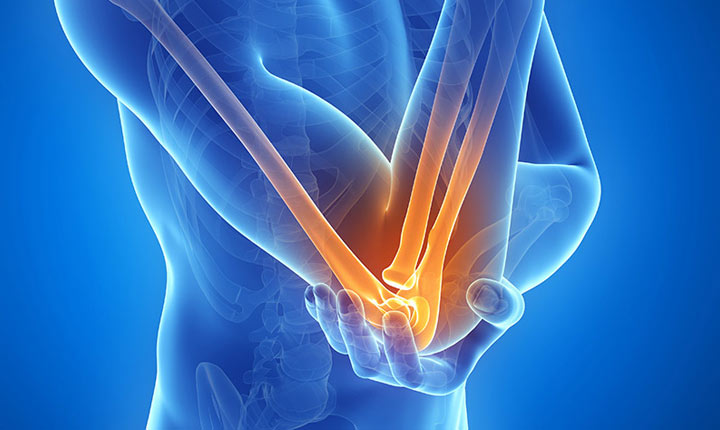
A highly underrated injury that affects more people than you think is the elbow strain. An elbow strain can be of varied types; however, the most common one among them is tennis elbow (lateral epicondylitis). Now, you may think from the name that it won’t affect you since you don’t play tennis. Unfortunately, this injury isn’t limited to tennis players only.
If you happen to lift a lot of heavyweights, then you are a prime candidate to pick up this injury. For instance, if you are into bicep curls, seated rows, or lateral pull downs, then there is a heavy chance of you irritating your tendons each time you perform an overtly high wrist flexion.
Some other causes for this injury include using improper techniques while exercising and performing similar types of exercises each time you hit the gym.
Preventive Measures
We highly recommend you to keep your wrist in a neutral position while lifting weights to avoid this injury. Alongside that, make sure that you lower the weight that you are lifting if you feel any sort of strain. Also, try and avoid fast repetitions. Adopting an exercise routine that helps strengthen your wrist extensors help in preventing elbow injuries.
Pectoral Injury
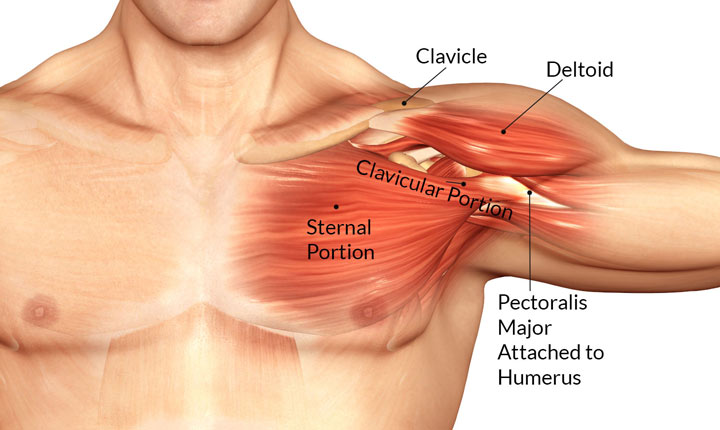
People obsessed with strengthening their chest often make the rookie mistake of performing vigorous bench press routines one after the other without taking a break. This can seriously damage your chest by straining it. This pectoral strain happens due to the extreme pressure that is put on the area.
Preventive Measures
You need to pace the speed of your bench press routine. Don’t overestimate the abilities of your body to withstand everything. Increase the bench press weight steadily over time. Rushing it up is not ideal in any situation.
Another important preventive measure in this regard is having a spotter or trainer by your side while performing bench press movements. They would ensure that you don’t suddenly drop the weight or lose control. If you see your hands or wrists shaking while lifting the weight, it is a clear sign that you need to lower down the weight.
Groin Pull
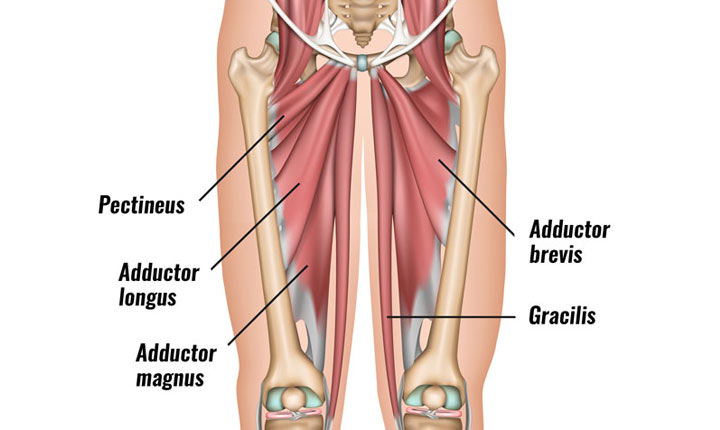
Groin refers to the area between your abdomen and thighs. Groin pulls are extremely painful and are often experienced while sprinting, squatting or performing lunges. Since your muscles and tissues lose elasticity over time, the risks of groin pulls are higher as you age.
Preventive Measures
It is ideal if you can warm up your inner thigh muscles (adductors) before you start working out. This can involve basic stuff such as light jogging, cycling or even walking. The need for these exercises is especially more before you perform any plyometric movements or any sprints.
Performing clamshells, leg raise, and other similar adductor-strengthening exercises also keep your groin safe in the long run.
To Conclude
Someone has rightfully said that “prevention is better than cure”. Simple tips when kept in mind can lead to a whole lot of positive results. So, just take care of your body and keep it safe while making it fit.
Try and steer away from injury-prone exercises. Your health comes first. Understanding when to stop is a sign of fitness. Going beyond the limits just for the sake of it is less than ideal.
We understand that you want to look great and stay fit, but how would it matter if you put yourself at risk of developing some serious health issue. Therefore, listen to your body, respect it, and stay fit accordingly.







